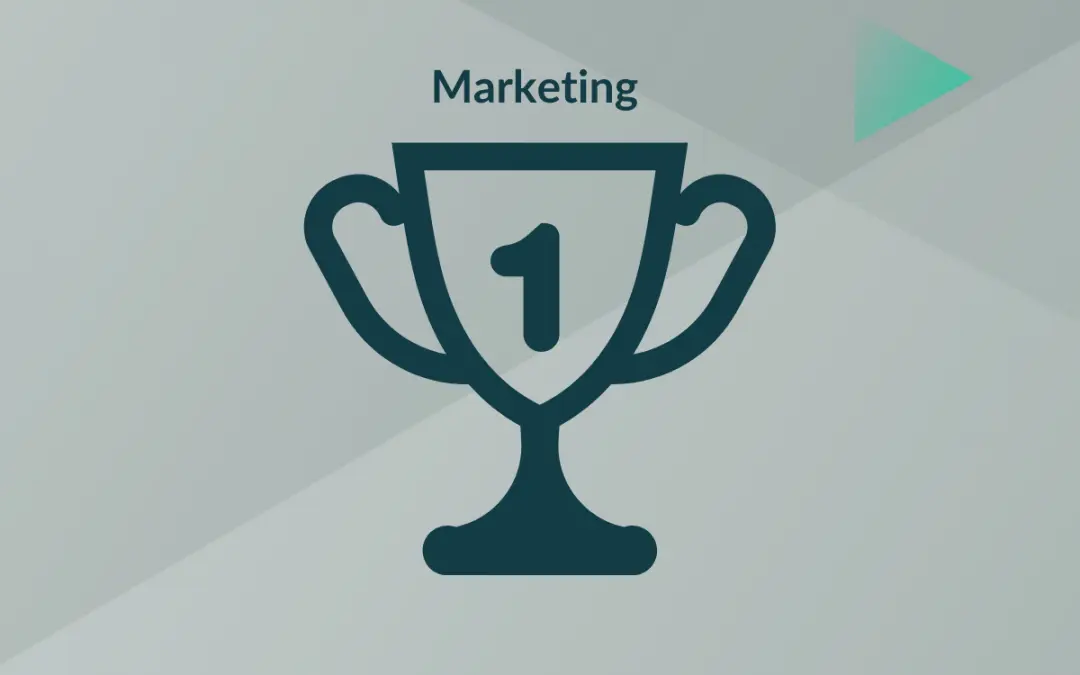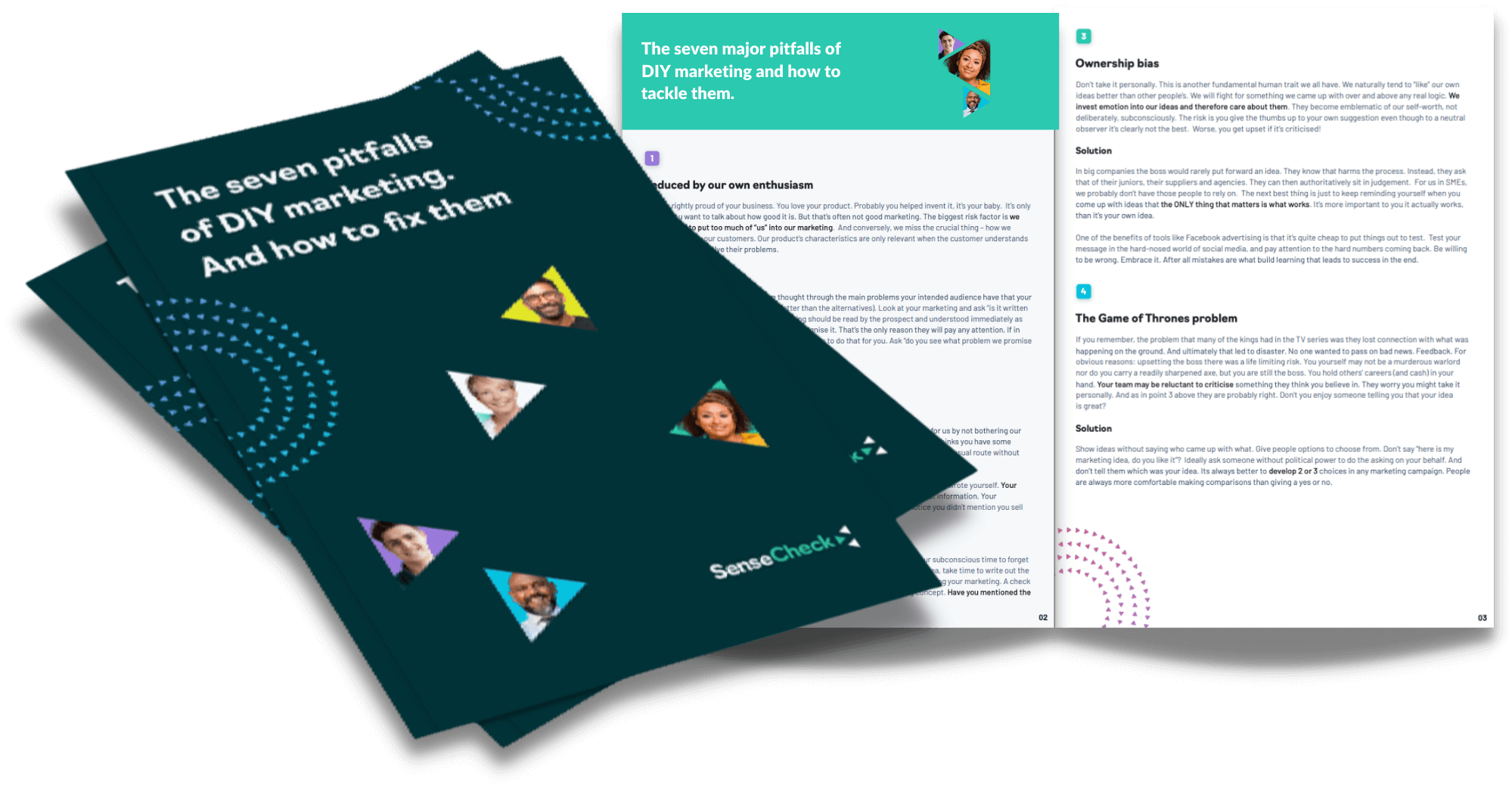
Many of us running small businesses can be tempted to view marketing as the end of the process, the window dressing, the bit that new prospects see first. However, in truth, marketing is the very cornerstone of a successful business.
This is particularly an issue for B2B businesses. We can get so focussed on developing our product or service that we lose sight of the bigger picture. Although developing our offering is, of course, vital to success – this is actually a component of the wider marketing task.
Understanding your prospective clients is the first vital element of the marketing process which should guide product development and steer us towards appropriate solutions that address our clients’ needs. It’s worth considering that we can only demonstrate our product if we have clients who are interested in our solution and can only drive that interest (to our website, demo, content) by communicating with the right audience, with the right message, at the right time.
We at Sensecheck define marketing as: “Finding out what your target clients want, working out how to give it to them better than the competition, then telling them about it.”
Its an end to end cycle that repeats itself and is the driver of your success.
There is an unrealistic expectation in many small businesses that ignores the reality of the world around us. Just like you, your clients are inundated with a constant stream of information about new products, services and a plethora of other marketing messages. At the same time, just like you – your prospective clients are flat out wrestling with their own internal challenges. For the most part, they don’t have time to go looking for new solutions. Nor would they consider adopting more than a few new things in a given year.

Thus the reality of the B2B marketplace is a messy, noisy environment where most clients are playing “hard to get”. This can mean that the seemingly simple task of driving demo attendance involves years of hard work. In order to cut through the noise your marketing communications must combine a clear, compelling message with IImpactful and engaging material.
You need to build awareness, then reputation and then trust. The oft-quoted “Build a better mousetrap and they will come” almost never plays out. Plenty of brilliant mousetraps gather dust while ineffective but familiar ones are set by busy clients drowning in a tyranny of choice.

It’s easy to see how, in principle, better marketing solutions can assist in overcoming these barriers.
For SMEs in B2B, marketing can seem particularly problematic. With less access to clear-cut data on best practices and approaches how do you know if your ideas are right and how can you spend your money well?
Often we live without any feedback loop and the connection between any one bit of marketing and the end result can be so loose that it’s hard to see the connection at all. For most of us, the money we spend on marketing is hard-won, and it’s painful to see it frittered away without a clear result.
The good news is that at least with Sensecheck you can take some of the element of the risk out of your plans.
